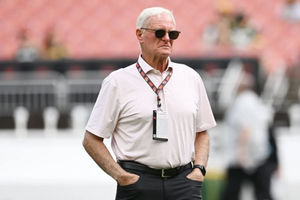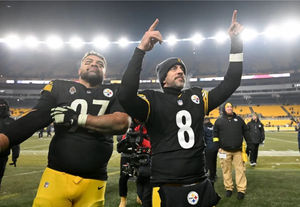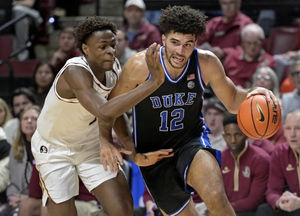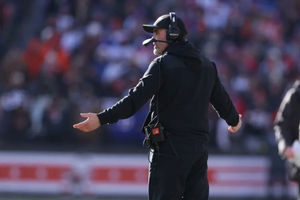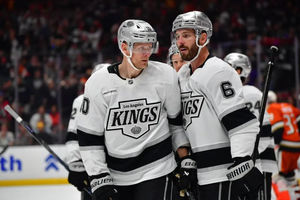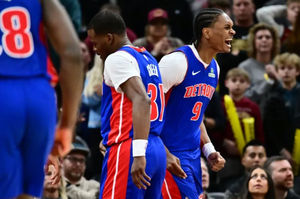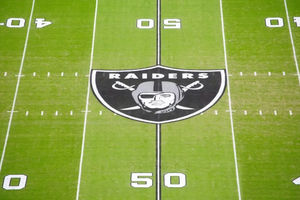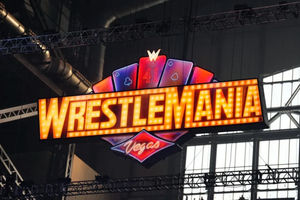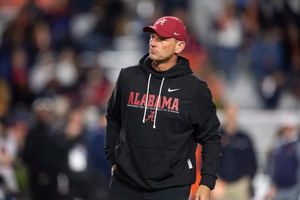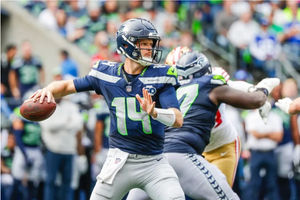Deadspin fixes NBA free agency — Part 2: Shooting Guards
 Tim Hardaway Jr. and Danny Green are among the shooting guards available this summer. source: AP
Tim Hardaway Jr. and Danny Green are among the shooting guards available this summer. source: AP Disclaimer: If you don’t see a guy here that you think is a shooting guard, he might be a small forward. What’s the difference nowadays? Who knows? Do you know anyone that plays one of the two positions and not the other? In fantasy and in 2K, nearly every two can play the three, and vice versa, and that’s probably because they all do. For the purposes of the exercise, they’re differentiated. But really, try thinking of all these dudes as part of Swingmen I, and tomorrow’s crop as Swingmen II. Trust; it’s the same shit.
We begin in Philadelphia.
Danny Green, Philadelphia 76ers
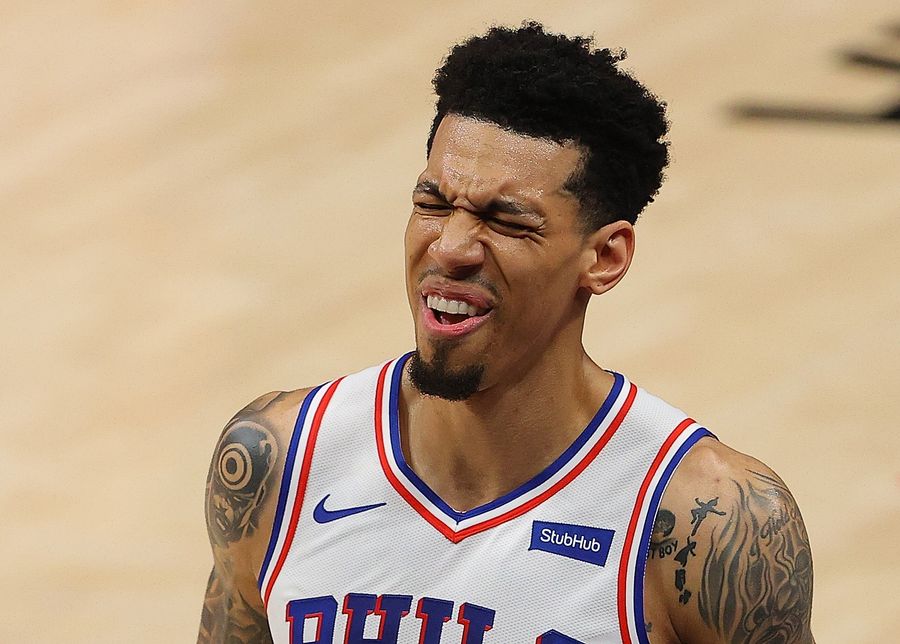 source: Getty Images
source: Getty Images Danny Green had a drop-off from the regular season to the playoffs, which isn’t uncommon, but worth noting ahead of the 34-year-old’s free agency. Green started in all 69 of his appearances during his lone regular season in Philadelphia, averaging 9.5 points and 1.3 steals on 41 / 41 / 78 splits. For what it’s worth, his box plus-minus was his best in two seasons (1.5), and his offensive rating was 114, tying his San Antonio Spurs mark from 2014-15, trailing only his 119 with the Toronto Raptors two seasons ago. In the playoffs, Green scored 7.0 points and recorded 1.1 steals while shooting 44 / 38 / 0 splits (he didn’t shoot a free throw in five playoff games).
That said, the three-time NBA Champion is a reliable 3-and-D veteran who has played 153 playoff games in his 12-year career. For 11 straight seasons, Green has played in at least four playoff games, and he’s averaged at least 20 postseason minutes per contest in each of the last 10. Sounds like the guy who’ll wind up on another contender for a two-year deal, give or take an option.
Who should try their hardest: The Sixers. Philadelphia should keep him. He’s the kind of player you’d want around Joel Embiid. While Ben Simmons is still his teammate, for now, you’ll still need shooters, especially if the centerpiece for your Simmons return begins at Damian Lillard. The Lakers, Bucks, Heat, Clippers, Nuggets, and nearly everyone who fancies themselves a contender, who needs reliable veteran shooting, also should be calling Green.
Who probably will call, but shouldn’t: Anyone who isn’t a contender. There’s really no need for a non-playoff and or rebuilding team to take Green, and unless he’s getting a stupidly large contract, why even consider it?
Victor Oladipo, Miami Heat
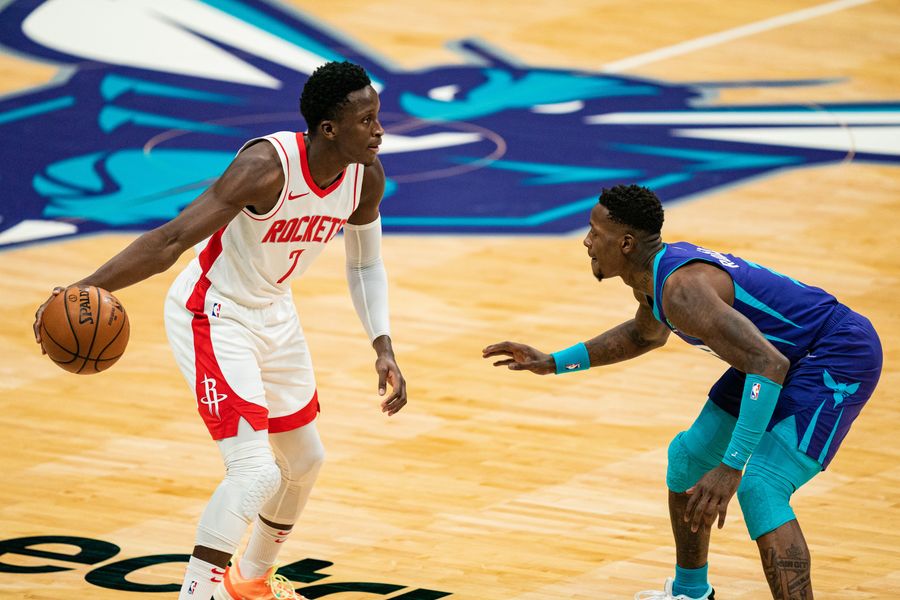 source: Getty Images
source: Getty Images After making nine appearances with the Indiana Pacers, Victor Oladipo was dealt to the Houston Rockets as part of that massive James Harden trade. There he spent 20 games before being re-routed again to the Miami Heat, where he played four games before going in for season-ending quad surgery. Oladipo could be cleared for full contact in November, and when he plays, he shows flashes of his once All-Star self, but he injured the same right quad in January of 2019, which looms over the fact that he’ll turn 30 this coming May. Oladipo ultimately averaged 19.8 points, 4.8 rebounds, 4.6 assists, and 1.4 steals through his 33 appearances across three organizations this season. He only hit 41 percent from the field and 33 percent from three, as well. Is the upside worth it for the two-time All-Star? That’s what teams will be asking themselves, Miami included. If he could be relatively healthy, he may still have the best upside here. Massive if, though.
Who should try their hardest: Oladipo isn’t in the space where you try hard to get him, but if you’re Miami, and you could minimize the investment level in terms of money, he’s worth keeping depending on the moves made otherwise. It’s low-risk, high-reward, and they moved only Kelly Olynyk, Avery Bradley, and a first-round pick swap for ‘Dipo, and have gained a familiarity with someone who had wanted to be there as a result. Plus, if Miami wants to sign-and-trade him, they could execute that with someone else of intrigue. It’s more of a “why not?” But it isn’t of primary importance.
Who probably will call, but shouldn’t: The Knicks. Decent flyer for New York to take, but is it really worth them exploring? It’s tough to visualize what role he’d play when healthy, and the Knicks might be better off banking on someone else’s health, perhaps even the aforementioned Green.
Evan Fournier, Boston Celtics
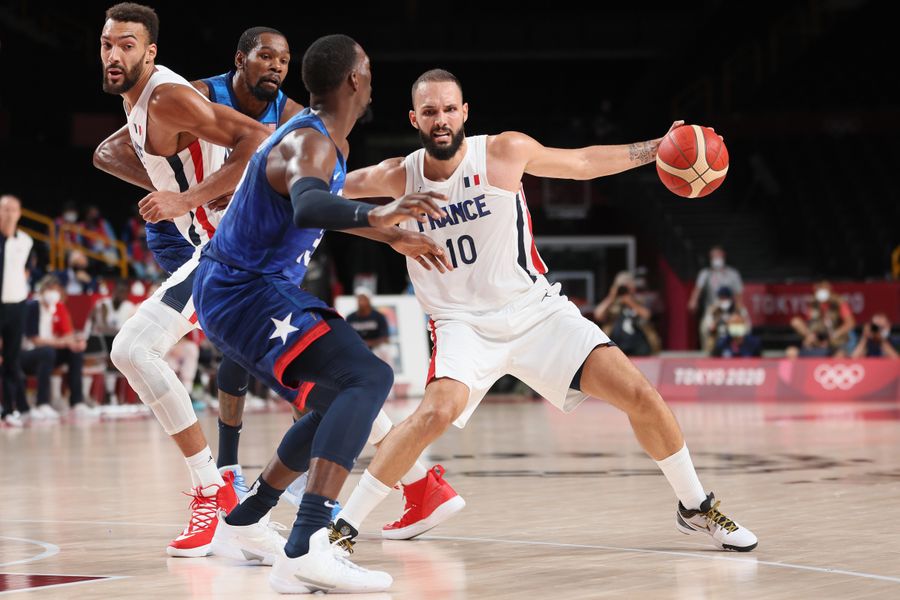 source: Getty Images
source: Getty Images Evan Fournier recently starred in France’s upset (?) over Team USA this past weekend and is one of the premier shooting guards in a suspect wing market. That said, the Orlando Magic turned Boston Celtic will be sought after in the coming days. With the Magic, he averaged 19.7 points on 46 / 39 / 80 shooting splits across 26 starts, even translating to a career-best 23.4 points per 36 minutes. In Boston, however, Fournier played just 10 games, giving the C’s just 13.0 points per game on 45 / 46 / 71 shooting, and only 15.9 points per 36. In fairness, he did play next to Jayson Tatum, Jaylen Brown, and Kemba Walker, so he wouldn’t have the same usage in Boston that he did in Orlando, of course.
Who should try their hardest: The Thunder? Honestly, who knows? It’s tough, but they have the cap space, and they’re going to sign someone, heighten their usage, and turn them over for draft relief and matching salary in February. Fournier just went through this last season but is a candidate to do it again, barring a Celtics sign-and-trade, which is honestly the likely scenario. Speaking of.
Who probably will call, but shouldn’t: The Celtics. Yes, the Celtics should probably re-sign him, but no, they probably shouldn’t keep Fournier before addressing other roster holes. The Celtics didn’t really need another guard, yet they moved part of the $28.5 million Gordon Hayward exception (and Jeff Teague) to get another guard. The clear move here is to execute a sign-and-trade, perhaps with a team like Dallas, who may lose someone we’ll discuss shortly. They just have other pressing needs, especially on the interior.
Norman Powell, Portland Trail Blazers
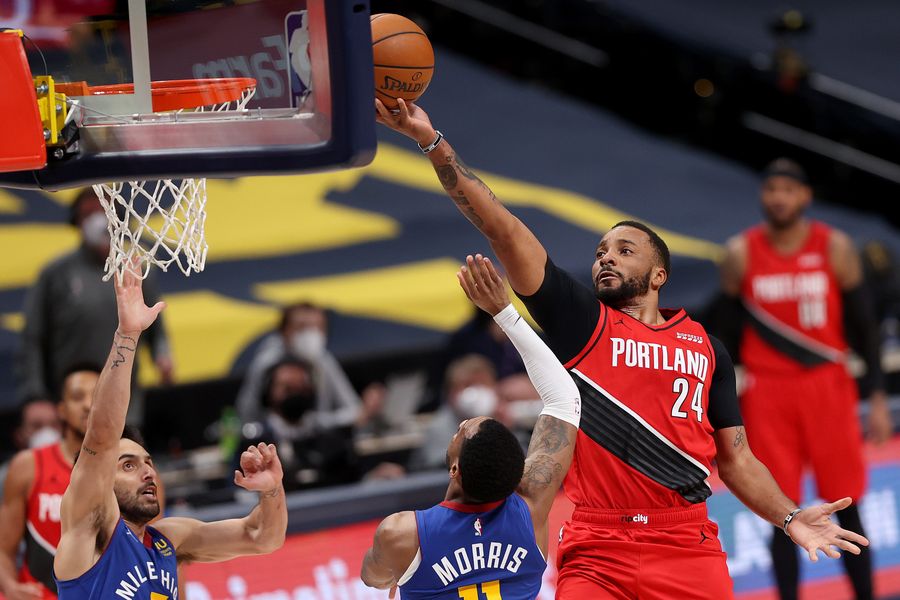 source: Getty Images
source: Getty Images After being moved from the Toronto Raptors to Portland last season, the 6-foot-3 guard played substantial minutes alongside Damian Lillard and CJ McCollum en route to a playoff bid that unfortunately ended in the first round. Luckily for Powell, he’ll get paid by someone this summer for his play the last couple of seasons. Over the last two years — 121 games, 84 starts — Powell’s averaged 17.5 points per game on 48 / 41 / 86 shooting splits. For his career, he’s good for 17.7 points per 36 minutes, and he’s 28 years old, setting himself up for a payday that may carry him through the rest of his prime.
Who should try their hardest: The Blazers, conditionally. Does it make sense to run it back in Portland given all we’ve seen reported surrounding whether or not Lillard will ask for a trade? No. But for the Blazers, Powell is a sign-and-trade chip to get a forward or center to better complement Lillard as opposed to a third guard. Or, he’s the replacement for McCollum if he is moved. Or, he is a guy who sticks around in the post-Lillard era. Keep him and hone in on a plan afterward. You just need a better one than simply running it back.
Who probably will call, but shouldn’t: TBD. There’s not an obvious Powell suitor, so it’s difficult to say where he should or shouldn’t go. He could become the classic highly-paid bucket-getter on a bad team if not back in Portland or another playoff team.
Tim Hardaway Jr., Dallas Mavericks
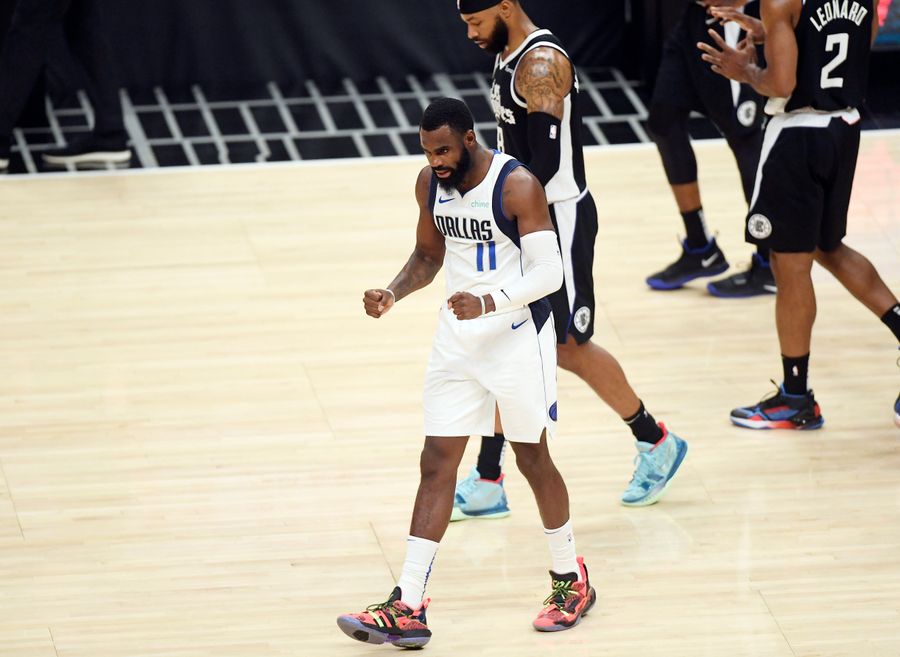 source: Getty Images
source: Getty Images Tim Hardaway Jr. was a shocking four-year, $71 million ill-advised signing by the New York Knicks four summers ago when he was a restricted free agent. That said, he kinda earned that contract over the course of the deal and could land an even bigger one this summer. After being part of the infamous Kristaps Porzingis deal from the 2018-19 season, Hardaway Jr. averaged 16.1 points per game on 44 / 39 / 81 shooting through 160 regular-season appearances since the deal. However, in the playoffs this year, he, and not Porzingis, was the team’s second-best player, behind, you know. Their numbers during the seven-game first-round series against the Los Angeles Clippers were as follows.
Hardaway Jr, who is 6-foot-6 and not on a max contract: 17.0 points and 3.3 rebounds on 42 / 40 / 75 splits.
KP, who is 7-foot-3 on a max contract: 13.1 points and 5.4 rebounds per game on 47 / 30 / 84 splits.
Who should try their hardest: The Mavericks; however, the Heat may want to execute a sign-and-trade. It doesn’t appear to be a primary option for Miami, but there’s mutual interest between the two for Hardaway Jr. to play where his father starred for several seasons. If not a possible sign-and-trade with Miami, Hardaway Jr. is worth keeping in Dallas.
Who probably will call, but shouldn’t: The Pistons. Sports Illustrated mentioned the Detroit Pistons as a team with space to potentially lure Hardaway Jr. from Dallas. To be clear, S.I. isn’t saying they should either, and it’s probably because they know they shouldn’t.
Honorable mention: Gary Trent Jr., Toronto Raptors:
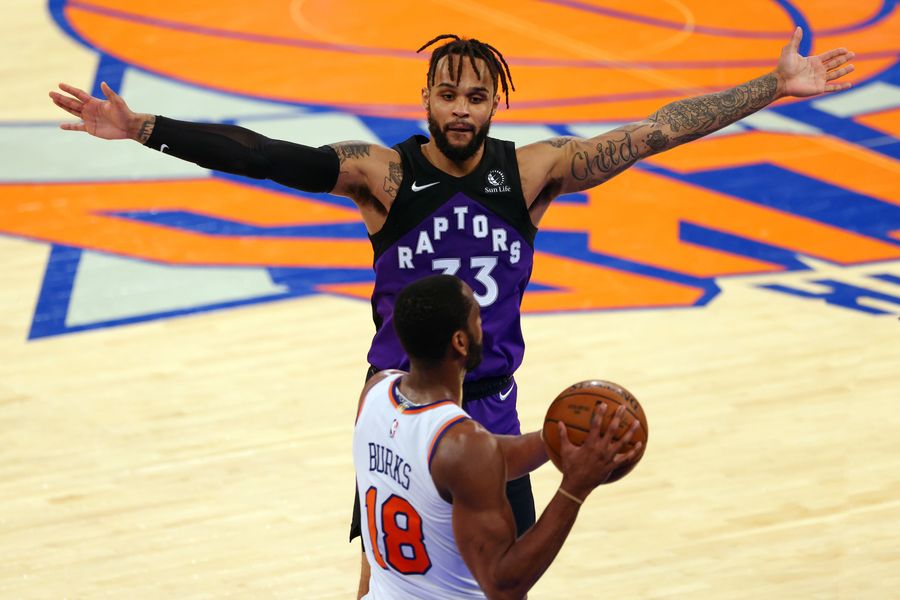 source: Getty Images
source: Getty Images He’s been extended a qualifying offer, making him a restricted free agent. Trent Jr. was the center of the return for Powell in the Toronto-Portland deal this season, and he averaged 15.3 points this year while shooting 38 percent from three at 22 years old.
Related
Five Bold Predictions for the Second Half of the NHL Season
NBA Picks for Monday, January 5: Best Bets for NBA Tonight
The SEC is Having a Disastrous Bowl Season
Seattle Seahawks' Post–Pete Carroll Era Is Already a Success
- Ravens vs Steelers Week 18 Sunday Night Football Betting Picks
- Best NBA Bets Today: January 3rd Top Basketball Betting Picks
- Best NFL Saturday Jan 3rd Week 18 Betting Picks, Predictions
- NHL Stadium Series Picks: Why the Rangers Are Underdogs vs. Panthers
- Friday Jan 2nd NBA Picks: Three Bets to Play Tonight
- NBA Betting Picks for New Year’s Day: Top Spreads to Play Today
- NHL Picks for New Year’s Eve: Best Dec. 31st Hockey Predictions



